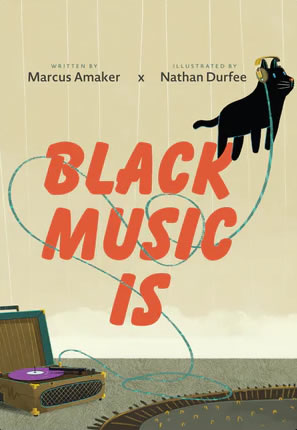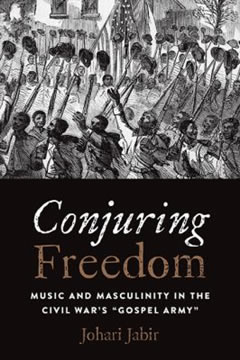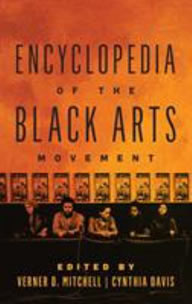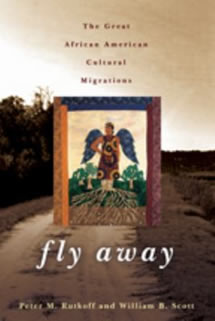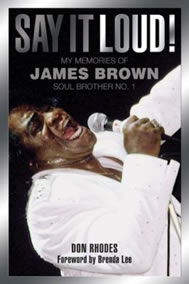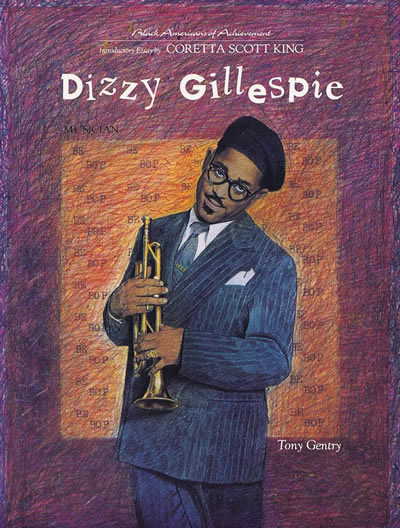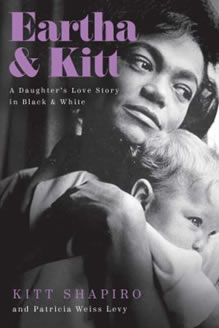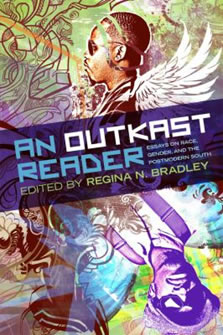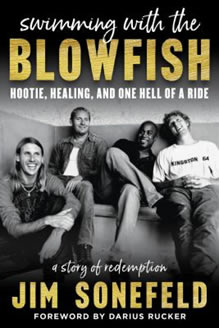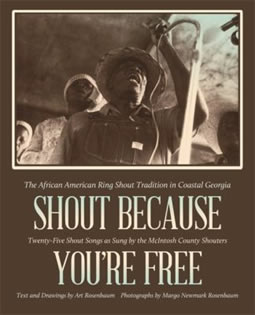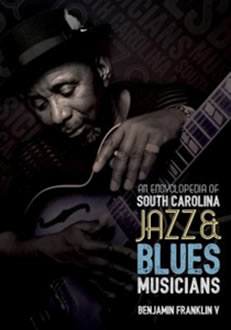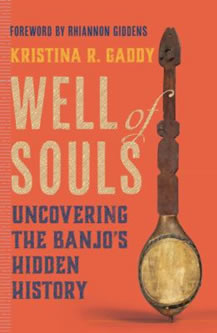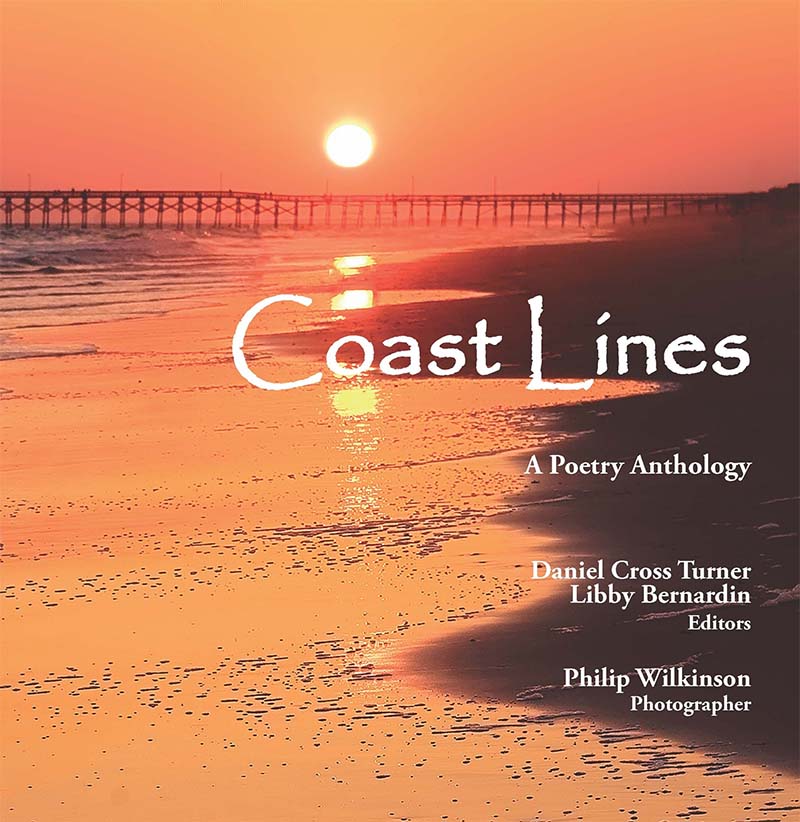June is Black Music Month, a time dedicated to honoring and celebrating the rich legacy and profound influence of Black musicians across all genres.
This month, our library is thrilled to present a special display that highlights the contributions of Black artists to the world of music. Our display offers a curated collection of books and visual materials that pay homage to the pioneers, legends, and contemporary stars who have shaped the soundscape of modern music in South Carolina - from pioneering artists like Pink Anderson, Peg Leg Sam, Eartha Kitt, Linda Martell, Bill Pinkney, Maurice Williams, James Brown, Chubby Checker, Brook Benton, and Dizzy Gillespie to more modern artists like Teddy Pendergrass, Peabo Bryson, Mario Winans, and Darius Rucker.
You can learn about these artists and more Black South Carolina musicians on our website, StudySC.
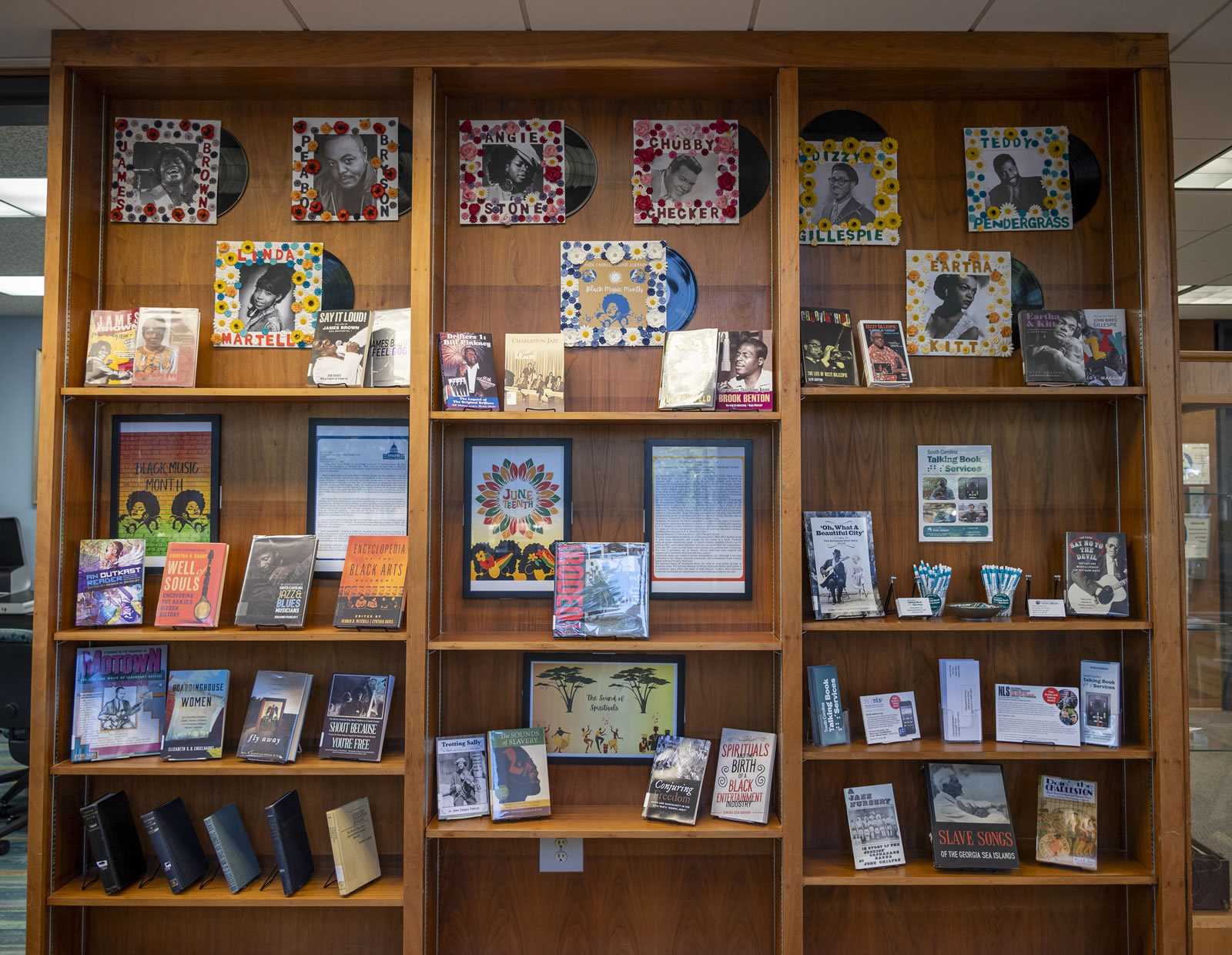
The origins of Black Music Month date back to 1979 when President Jimmy Carter decreed June as Black Music Month, recognizing the pivotal role Black musicians have played in the nation’s cultural heritage. From the soulful rhythms of jazz and blues to the groundbreaking innovations of hip-hop and R&B, Black artists have continually pushed the boundaries of music, creating timeless sounds that resonate globally.
